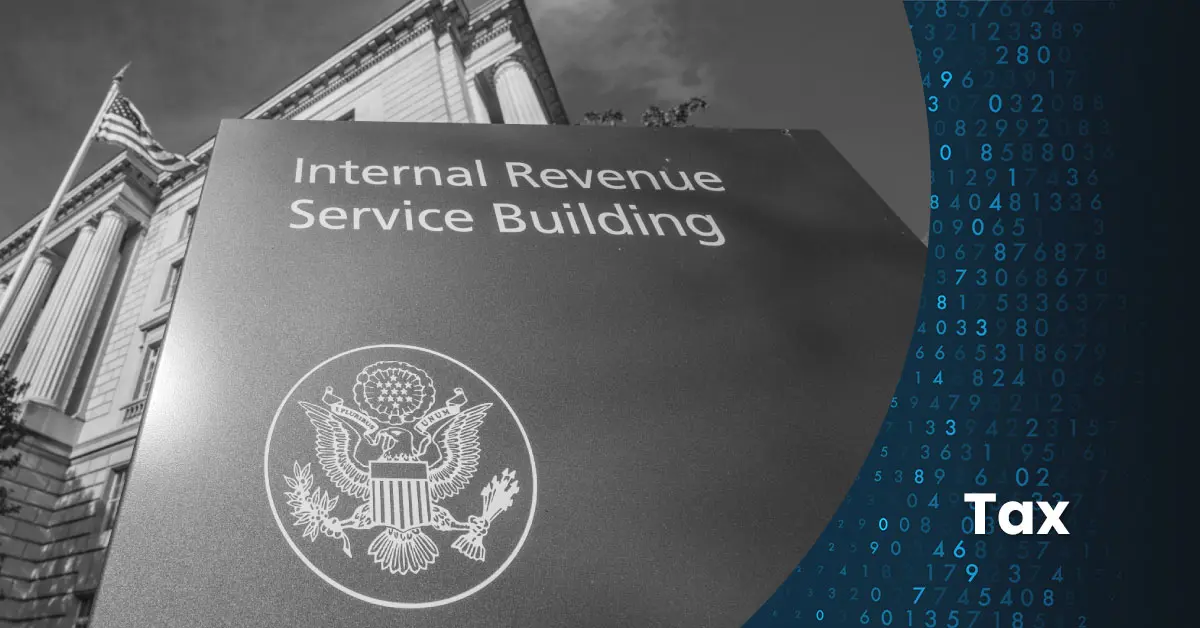By Namrita Singh, Senior Associate
Thanks to changes made under the Inflation Reduction Act of 2022, taxpayers in the market for a new electric vehicle may be able to take advantage of the new clean vehicle tax credit starting in 2023. The nonrefundable credit is worth up to $7,500 for new cars and up to $4,000 for used cars and has been extended through 2032. Used car eligibility is one of the biggest changes to the credit under the Inflation Reduction Act, allowing for more accessibility to the credit for those who may not be able to afford a new car. Eligibility requirements are similar to those for new cars, but with a few modifications.
The Inflation Reduction Act also expanded the definition of clean vehicles to include fuel cell vehicles in addition to plug in electric vehicles, which is great news for taxpayers as it frees the credit up for a larger market of cars. Starting in 2024, the car buyer will also be allowed to decide if they want to transfer the credit to the dealer when the car is purchased to offset the selling price by the credit amount. Doing so would eliminate the delay between purchasing the car and claiming the tax credit on one’s tax return.
However, these latest changes also mean new guidelines that need to be met to qualify for the credit, including income thresholds, price caps, and manufacturing specifications. The rules for the credit can be nuanced and daunting for taxpayers, but it’s important for them to understand how the credit works so they can make the best choices for themselves.
Some of the more notable guidelines include the limits around the MSRP and the taxpayer’s modified adjusted gross income. The vehicle’s manufacturer suggested retail price (MSRP) cannot exceed $80,000 for vans, sport utility vehicles, and pickup trucks and $55,000 for other vehicles. The limits around taxpayers’ modified adjusted gross income (MAGI) differ for new cars versus used cars. For new cars, a couple who files as married filing jointly, their MAGI cannot exceed $300,000. For single taxpayers, the limit is $150,000. For used cars, the limits are half the amounts of the new car limits. The IRS also allows taxpayers to use their modified adjusted gross income from the year you take delivery of vehicle or the year before, whichever is less.
Additionally, the final assembly of the vehicle needs to take place in North America. There are online tools available for taxpayers to check this information. There are additional requirements to claim the credit as well, and it is important to consult your tax advisor to determine if you are eligible for this credit.

 Previous
Previous






